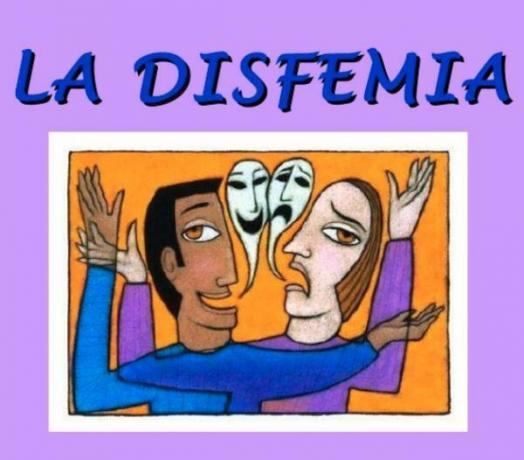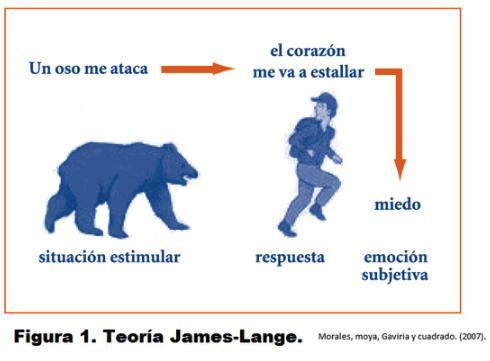
Dysphemia, popularly known as stuttering, is the most common fluency disorder of speech, reaching about 70 million people worldwide. The most obvious symptoms of dysphemia are the repetition of syllables, sound prolongations and blockages of speech movements, especially on the first syllable, at the moment when the smooth flow of speech movements needs to be initiated. The terms stuttering, dysphemism, or disfluency are also used.
Dysphemia tonic. Speak brokenly. Spasms that affect muscle groups related to phonation. Speech blockage Unlocking techniques that further intensify muscle tone and cause explosive and violent speech.
Dysphemia clonic. Production of short and fast mouth contractions that give rise to a compulsive repetition of words.
Dysphemia mixta (clonic-tonic / tonic-clonic).
Language manifestations: Use of verbal fillers. Periphrasis and redundant language. Syntactic alterations, incomplete sentences. Abuse of synonyms. Speech without coherence. Disorganization between thought and language.
Behavioral manifestations. Temporary mutism and inhibition. Withdrawal and logofobia (fear of speaking). Anguish and anxiety reactions when communicating. Avoidance behaviors in situations in which you must communicate. Abnormal reactions and affective immaturity.
Body and respiratory manifestations. Body synkinesias (movements of the trunk, head, arms, feet ...) Tics. Facial spasms and stiffness. Muscle hypertension. Functional speech-respiratory disturbance. Psychogalvanic responses (excessive sweating, redness, paleness of the face ...).
The causes of dysphemia are:
- Hereditary.
- Sex.
- There is a higher percentage of men than women.
Lateralization disorders. There is usually a higher percentage in left-handed subjects and in poorly lateralized subjects. Neurological disorders. Due to a dynamic modification of the striated pale system caused by emotions or violent affective states.
Disorders in temporal spatial structuring. Any dysfunction in the acquisition of dominance and motor skills.
Language alterations. Most have had difficulties in syntactic structuring, semantic acquisition and the first articulations of phonemes.
Psychological disturbances. The personality will take different forms that will affect more or less negatively in his speech depending on the own emotional and affective balance of the subject and of the behaviors of others towards their way of talk.
J. Sangorrín-García establishes that in the treatment and prevention of dysphemia Logotherapy techniques must be applied combined with psychotherapy, including the following:
- Teaching of speech mechanics;
- Observation of behavior when speaking;
- Stuttering correction;
- Muscle relaxation and vocal control;
- Fluency.
This article is merely informative, in Psychology-Online we do not have the power to make a diagnosis or recommend a treatment. We invite you to go to a psychologist to treat your particular case.


